Sunday 20 Jun 2021, 11 am - 7 pm, on the odd hours
BELKIN OUTDOOR SCREEN
Outdoor Screen: Solstice Screening, Jumana Manna’s Wild Relatives
-
Jumana Manna
ArtistJumana Manna is a visual artist working primarily with film and sculpture. Her work explores how power is articulated through relationships, often focusing on the body, land and materiality in relation to colonial inheritances and histories of place. Manna was raised in Jerusalem and lives in Berlin; visit jumanamanna.com for a full exhibition history.
Read More
-
Holly Schmidt
ArtistHolly Schmidt (Canadian, b. 1976) is an artist, curator and educator engaging in embodied research, collaboration and informal pedagogy. She creates site-specific public projects that lead to experiments with materials in her studio. As the core of her work, Schmidt explores the multiplicity of human relations with the natural world. During her residency with the Belkin’s Outdoor Art Program, Schmidt has utilized spaces between campus buildings through a process of collective knowledge production. These artistic and ecological interventions foster relationships with plants in a manner that is both distinct from the formal, university landscape design as well as from standard notions of gallery space. Schmidt has been involved in exhibitions, projects and residencies at the Belkin Outdoor Art Program; the Burrard Arts Foundation, Vancouver; AKA Gallery, Saskatoon; Charles H. Scott Gallery, Vancouver; the Santa Fe Art Institute; Burnaby Art Gallery; and Other Sights for Artists’ Projects, Vancouver.
Read More
On Sunday, June 20, the summer solstice, we will project Jumana Manna’s film Wild Relatives (64 minutes, 2018) on the Belkin’s Outdoor Screen five times from morning until sundown, in a conversation across media with Holly Schmidt’s Fireweed Fields. In recent months, the strange, spasmodic course of space and time has been mitigated by little other than the changes in seasons, the rhythms of nature and the communal spaces offered by the outdoors. Seasonal and celestial markers such as that of the solstice bring this collective orientation upward and outward into marked relief.
Of the film, Manna writes:
Deep in the earth beneath the Arctic permafrost, seeds from all over the world are stored in the Svalbard Global Seed Vault to provide a backup should disaster strike. Wild Relatives starts from an event that has sparked media interest worldwide: in 2012 an international agricultural research centre was forced to relocate from Aleppo to Lebanon due to the Syrian Revolution turned war, and began a laborious process of planting their seed collection from the Svalbard back-ups. Following the path of this transaction of seeds between the Arctic and Lebanon, a series of encounters unfold a matrix of human and non-human lives between these two distant spots of the earth. It captures the articulation between this large-scale international initiative and its local implementation in the Bekaa Valley of Lebanon, carried out primarily by young migrant women. The meditative pace patiently teases out tensions between state and individual, industrial and organic approaches to seed saving, climate change and biodiversity, witnessed through the journey of these seeds.1
In Fireweed Fields, part of Schmidt’s multi-year Vegetal Encounters residency at UBC, fireweed becomes a living metaphor for healing and resurgence following a crisis through its capacity to blanket a disturbed landscape with its blooms. A counterpoint to the turf-grass monoculture of manicured lawns, Fireweed Fields uses a succession model of planting in the hope that a meadow mix of fireweed, lupins, Idaho fescue and yarrow will lay a foundation for continued growth. These meadows will attract various species of shrubs, grasses, birds, insects, and small mammals. Schmidt’s approach to crisis is distinctly gentle. She emphasizes community, interdisciplinary conversation, and a slow, contemplative engagement with nature – and one another – as a balm for pain and a catalyst for transformative growth.
Manna’s work situates seed banks as modernist projects, in that a contradictory ethos of preservation and erasure defines their modes of operation. She traces the roots of this mentality in relation to plant taxonomy to the imperial practice of establishing botanical gardens and herbariums.2 The banks, dedicated to the preservation and circulation of enhanced seeds, function at the expense of landraces and the “wild relatives” from which landraces develop.3 She also reflects on the practical and conceptual affinities between seed banks and archives. The implications of “freezing” seeds – literally and metaphorically – in seed banks function in contrast to the practice of “living” seed libraries. One such library is that operated by Walid, a Syrian refugee living in the Bekaa Valley, whose work Manna follows in the film. His project hinges on the amplification of landrace varieties, and seeds are available to anyone who wants to use them in organic farming.4
Questions surrounding biodiversity, relationality and the inextricable binding up of social and environmental crises with capitalist and imperial power structures permeate both Wild Relatives and Fireweed Fields. The colonial and classist histories surrounding gardens and lawns, and their cultivation specifically for consumption by wealthy landowners or as forms of imperial domination, have been widely discussed in scholarship surrounding ecology and power.5 The continued complicity of these power structures in perpetuating and exploiting current political, environmental and medical crises locates Fireweed Fields in this politically charged space.
Seeds are described by one scholar as a “biosocial archive,” in that they chronicle their own evolution, utility and movement within themselves.6 Fireweed chronicles its own origins in burned or otherwise disturbed land, and the plants and animals who return to these restored environments indicate phases of growth and renewal. In Vegetal Encounters, institutional markers of time give way to seasonal milestones such as that of seed germination, priming us to learn from plant life, their cycles and their interconnectivity.
Image: video still, Wild Relatives, Jumana Manna, 2018. Photo: Marte Vold
-
Jumana Manna
ArtistJumana Manna is a visual artist working primarily with film and sculpture. Her work explores how power is articulated through relationships, often focusing on the body, land and materiality in relation to colonial inheritances and histories of place. Manna was raised in Jerusalem and lives in Berlin; visit jumanamanna.com for a full exhibition history.
Read More
-
Holly Schmidt
ArtistHolly Schmidt (Canadian, b. 1976) is an artist, curator and educator engaging in embodied research, collaboration and informal pedagogy. She creates site-specific public projects that lead to experiments with materials in her studio. As the core of her work, Schmidt explores the multiplicity of human relations with the natural world. During her residency with the Belkin’s Outdoor Art Program, Schmidt has utilized spaces between campus buildings through a process of collective knowledge production. These artistic and ecological interventions foster relationships with plants in a manner that is both distinct from the formal, university landscape design as well as from standard notions of gallery space. Schmidt has been involved in exhibitions, projects and residencies at the Belkin Outdoor Art Program; the Burrard Arts Foundation, Vancouver; AKA Gallery, Saskatoon; Charles H. Scott Gallery, Vancouver; the Santa Fe Art Institute; Burnaby Art Gallery; and Other Sights for Artists’ Projects, Vancouver.
Read More
Bibliography
Jumana Manna website, https://www.jumanamanna.com/Wild-Relatives
“Wild Relatives: Jumana Manna Interviewed by Hakim Bishara.” BOMB Magazine. https://bombmagazine.org/articles/wild-relatives-jumana-manna-interviewed/.
Shela Sheikh, “Planting Seeds/The Fires of War’, Third Text, 32:2-3, (2018): 205. DOI: 10.1080/09528822.2018.1483899 Sheikh defines landraces as “domesticated, locally adapted, ‘traditional’ varieties of seeds cultivated over time to suit a natural and cultural environment.”
Jumana Manna, “A Small/Big Thing,” Tamawuj Journal, (2018): 17. https://files.cargocollective.com/528515/Jumana-Manna_A-Small-Big-Thing_Tamawuj.pdf
See Mats Mogren, “Lawns: Botanical garden design as colonial domination,” in Alf Hornborg, Brett Clark, Kenneth Hermele, Ecology and Power: Struggles over Land and Material Resources in the Past, Present and Future, Routledge, 2012. https://doi.org/10.4324/9780203122815
Rodney Harrison cited in Sheikh, “Planting Seeds,” 220.
Related
-
Exhibition
January 2019 – April 2024
Holly Schmidt: Vegetal Encounters Residency

Vegetal Encounters is Holly Schmidt’s three-year residency with the Outdoor Art Program at UBC. Through this residency, Schmidt has been creatively engaging with plant life as a significant source of life, connection and learning.
[more] -
Event
2021-24
Holly Schmidt: Fireweed Fields
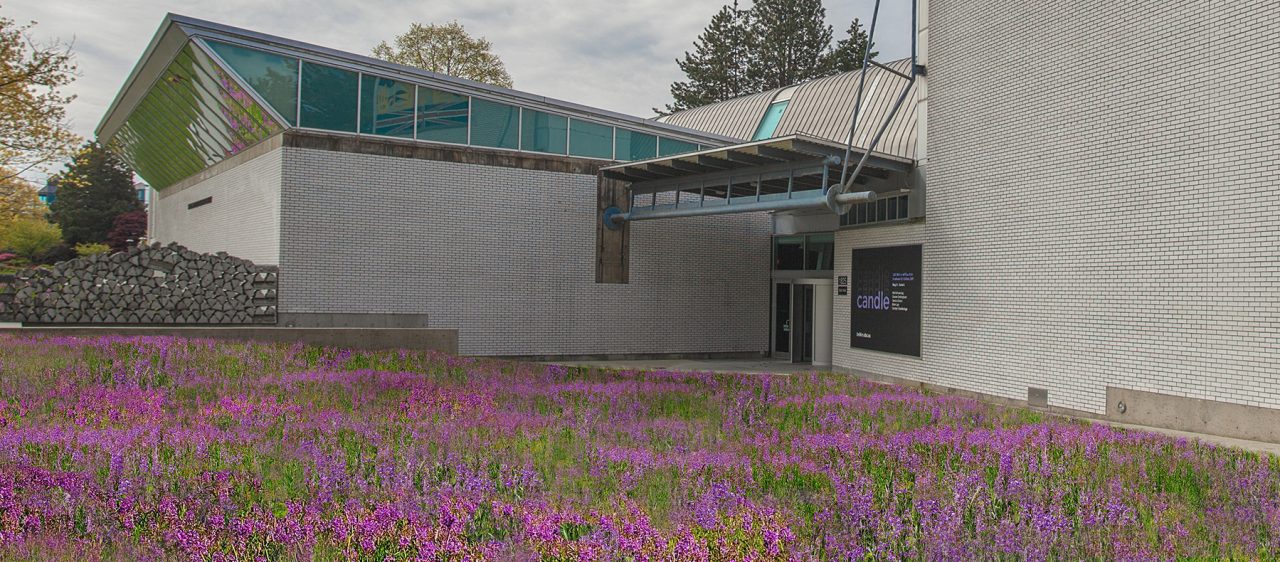
Fireweed Fields transforms a UBC lawn site into a fireweed meadow, encouraging increased biodiversity through gradual succession as a metaphor for the resurgence of life after a crisis. This installation acknowledges the global climate emergency: by tearing through the fabric of maintained lawns and colonial ideals, it plants the initial seeds for change and catalyzes dialogue, creative experimentation, and new biodiversity research and learning opportunities.
[more] -
News
06 Dec 2021
Outdoor Art: Winter 2021
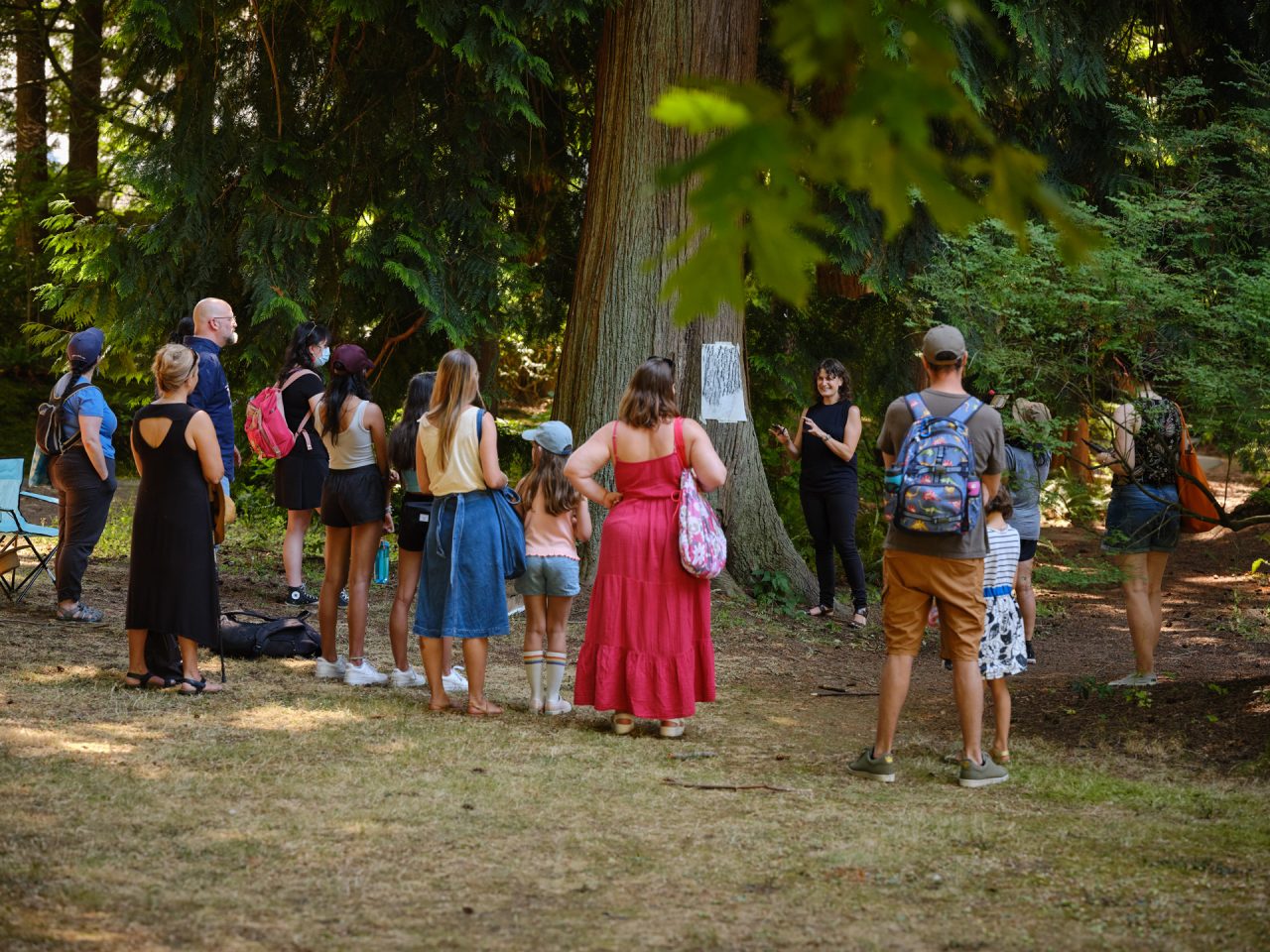
At the Belkin, we often receive questions about the University’s Outdoor Art Collection and what is involved with commissioning, acquiring or accepting donations. Responding to this growing interest, we issue annual outdoor art newsletters to share updates and backstory information about what is involved with curating, stewarding and activating the collection. These newsletters also offer a forum for the Belkin’s curatorial team to share their research and insights about art in public space.
[more] -
Event
Thursday 18 Nov 2021 at 7 pm
Film Series: A Selection by Holly Schmidt at The Norm

In collaboration with the UBC Film Society and screening at The Norm, the Belkin presents a short program of films selected by Holly Schmidt that resonate with Vegetal Encounters, her slow residency in the gallery's Outdoor Art Program. The selected films, Wild Relatives, Fordlandia and Indigenous Plant Diva, engage in multiform ways with questions of presentness, biodiversity and learning from the relationships between human and non-human beings.
[more] -
Event
10 Sep 2021
Ars Scientia: Sensorial Walk with Holly Schmidt




 [more]
[more]
-
Event
Sat 24 July 2021, Upcoming in Sep 2021
Drawing in the Meadow: Workshop with Chrystal Sparrow and Holly Schmidt
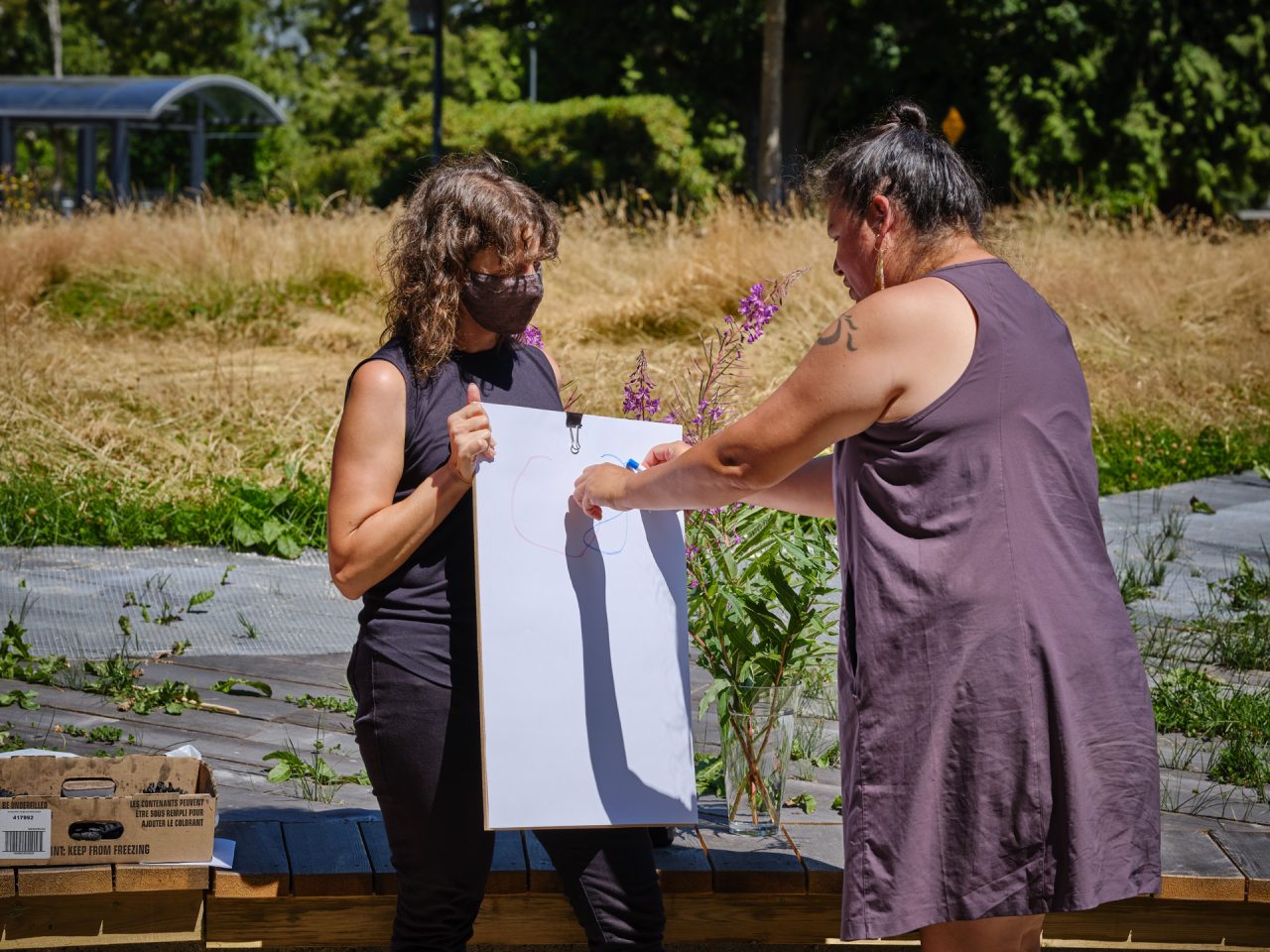 [more]
[more] -
News
14 Jun 2021
Outdoor Screen: An Extension of the Gallery
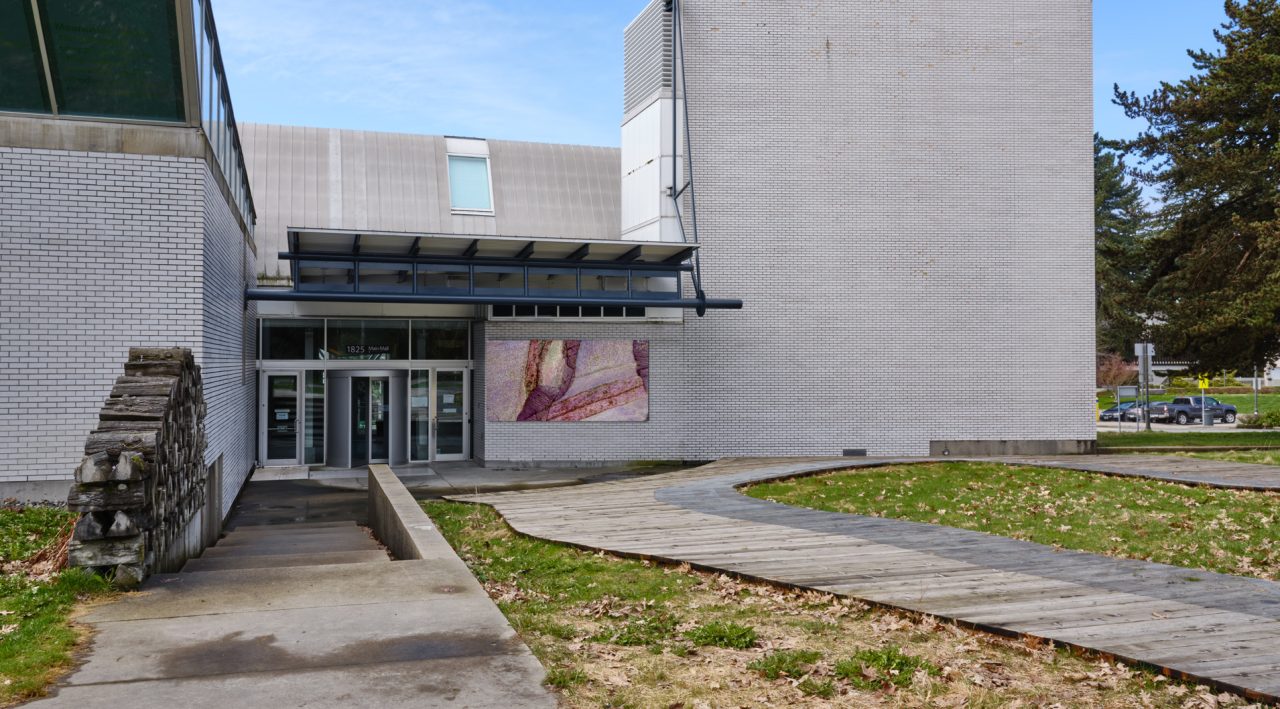
With the opening of the Image Bank exhibition on June 18, 2021, the gallery is pleased to launch the Outdoor Screen, a 4x2 metre outdoor screen curated with media works from the Belkin’s permanent collection and archive alongside work commissioned specifically for this platform.
[more] -
Event
Spring 2020
Holly Schmidt: Nomadic Structures

As part of Holly Schmidt's Vegetal Encounters residency, the artist has collaborated with Lecturer Bill Pechet and students from UBC’s Environmental Design (ENDS) program, in the School of Architecture and Landscape Architecture to explore the potential for a mobile structure to support residency programming on campus.
[more] -
News
04 May 2020
Holly Schmidt: Sensorial Walk
 Download and print the sensorial workshop Holly Schmidt devised for UBC mycology students and enjoy nature a little differently.[more]
Download and print the sensorial workshop Holly Schmidt devised for UBC mycology students and enjoy nature a little differently.[more] -
News
01 May 2020
Twenty-minute Walk with Holly Schmidt

The Belkin’s Lorna Brown talks with artist in residence Holly Schmidt about her practice and its relationship to care, distance and embodiment in this very particular historical moment.
[more] -
News
30 Apr 2020
Holly Schmidt: It All Started with a Cashew
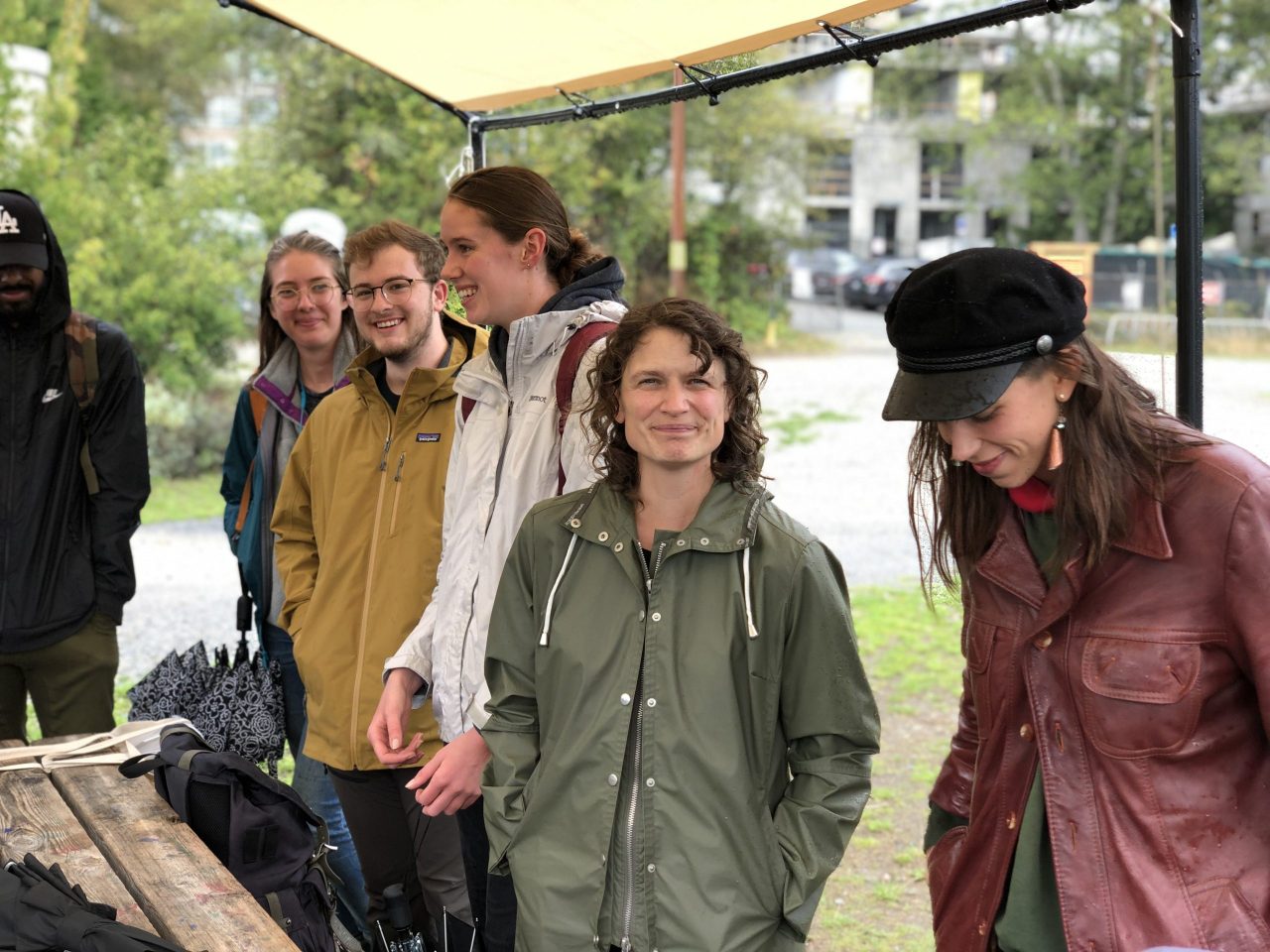
Students from UBC’s Department of Biology practice botanical drawing – and immersive observation – with artist in residence Holly Schmidt.
[more] -
News
19 Mar 2020
Holly Schmidt: Accretion
 [more]
[more] -
Event
1-6 June 2019
Holly Schmidt’s Forecast at the Audain Centre
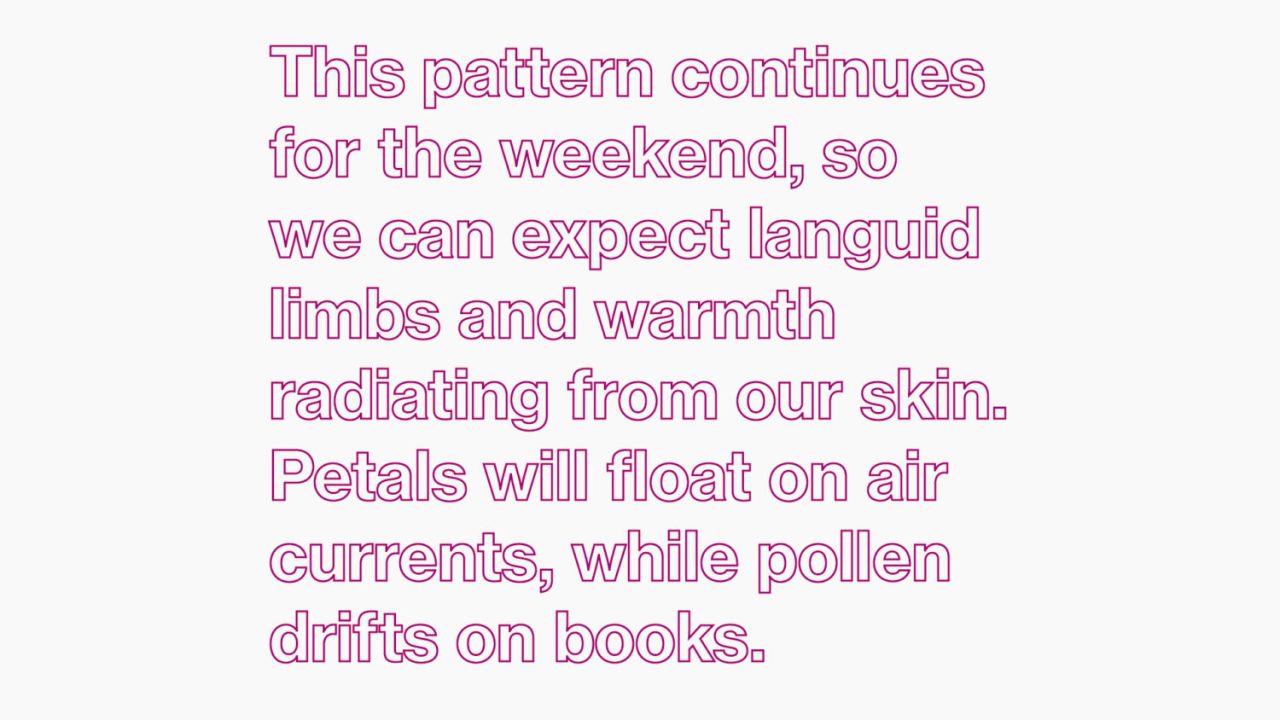 [more]
[more] -
News
02 Dec 2019
Outdoor Art: Winter 2019
 [more]
[more] -
News
14 Nov 2018
Outdoor Art: Fall 2018
 [more]
[more]